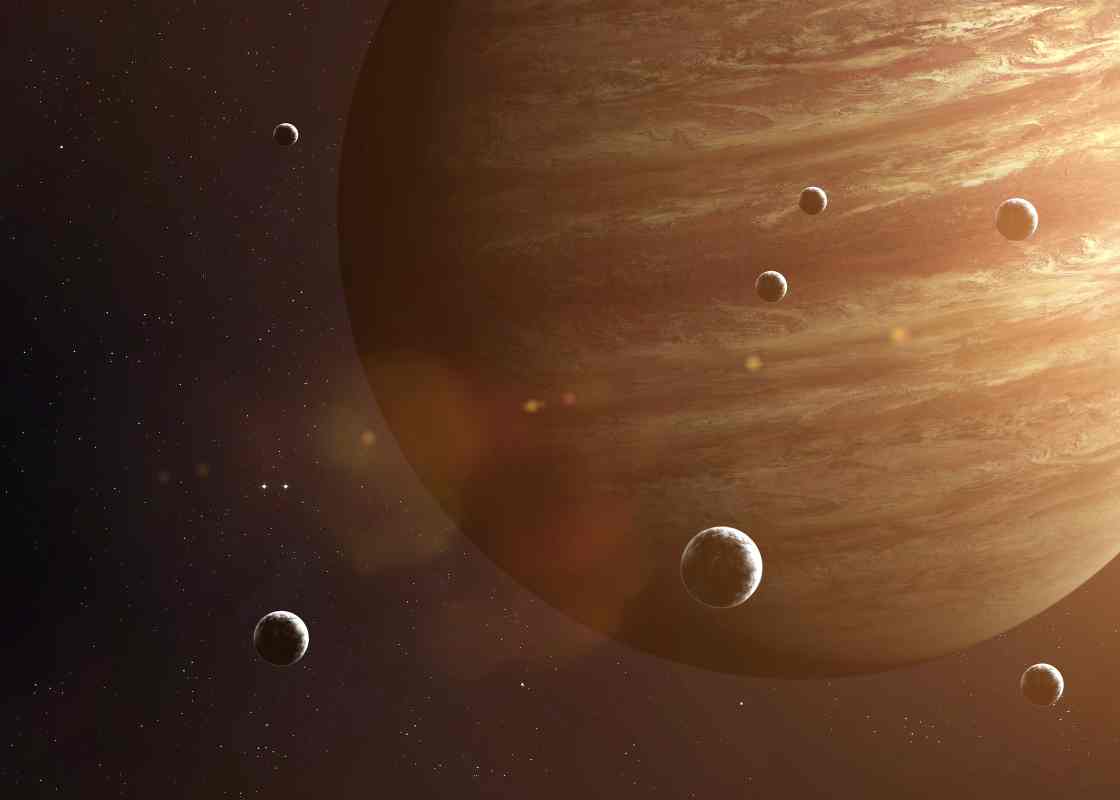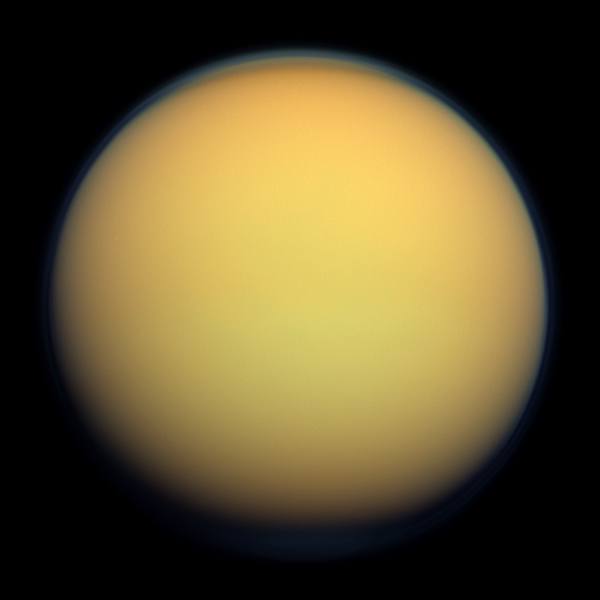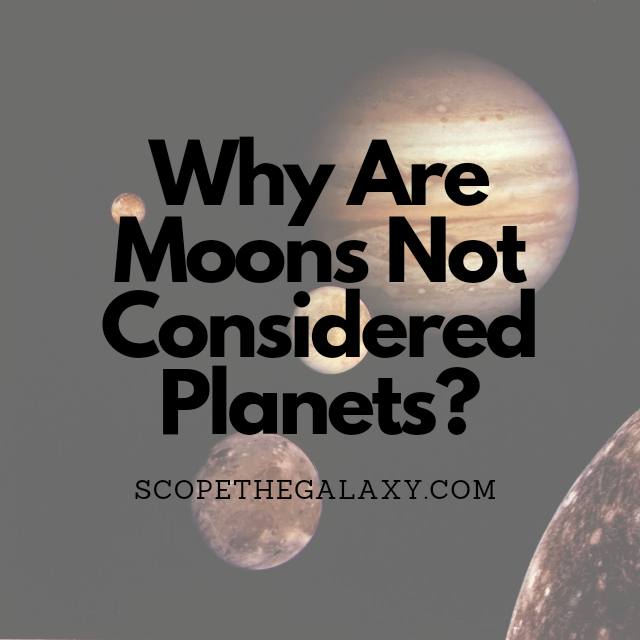*This post may contain affiliate links. This means we may make a commission if you purchase an item using one of our links*
The main reason why moons are not considered planets, even if they look very similar to them and in some cases are even larger than one, would be down to how planets are defined in currently.
For a moon to be considered a planet, it must not only orbit a star and be in hydrostatic equilibrium (a nearly perfectly spherical shape) but, also have gravitational strength strong enough for no other entities similar in size to it occupy space within its local region. In this moment in time no moon satisfies all 3 of these characteristics therefore, none can be considered planets.
With that being said, for a more detailed look at the subjects surrounding this topic, continue reading as it will delved into more thoroughly throughout the remainder of this article.
What Makes A Moon Different From A Planet?
Table of Contents

There are varitey of factors that separate planets from moons with the most crucial being their functionality within their local region. Moons are most commonly terrestrial based meaning their surfaces will always be a harder rock based material whereas planets can vary in their physical compositions.
Planets can either be rocky in physical composition like Earth, Mars, Venus and Mercury or they can be gaseous in nature, like Jupiter, Saturn, Uranus and Neptune.
For the most part, a moon will be tidally locked to the planet that they are orbiting but, most planets will not be tidally locked to their respective moon. With that being said, in theory all planets will eventually tidally lock to one of their moons nevertheless, at this current moment, only Pluto (which is now a dwarf planet) is tidally locked to one of its moons.
Moons also do not need to be spherical in shape, with some examples being Mars’ moons Phobos and Deimos and they also do not need to have cleared all entities similar in size to them in their local spatial region.
How Are Planets Defined?

Planets as defined by NASA as entities that orbit a star, have enough gravity around them to force themselves into a spherical shape and have a gravitational strength strong enough to clear all objects, asteroids, debris, among other entities very similar in size to them from their local spatial region and around their orbital path around the Sun.
This definition came into place in 2005, which is why Pluto was eventually demoted into a dwarf planet as it has yet to clear all the similar sized celestial bodies that orbit its local region.
Moons obviously do not follow this thesis as they orbit objects far bigger in size than them and also are not required to have gravity so strong as to force them into a hydrostatic equilibrium state, which would make them almost perfectly round.
Why Are The Moons Bigger Than Mercury Not Considered Planets?

Once again this would be down to the definition of a planet where, they must display the above three qualities in order to fall under the bracket of a planet.
Mercury clearly shows that no other entity similar in size to it occupies the local regions surrounding is, it’s almost perfectly spherical in shape and the only object it does orbit is our local star, the Sun.
On the other hand, both Titan and Ganymede fail in meeting this specific definition for planet therefore, they cannot be considered planets even if Ganymede for example has a magnetosphere while planets like Mercury, Mars and Venus don’t and Titan has a thick atmosphere comparable to that of a planet like Earth or Venus.
Summary
All in al planets and moons have clearly defined differences between themselves despite the plethora of similarities that may lead some to believe they could fall under the planet bracket.
Moons don’t need to be spherical in shape to be classified under the natural satellite bracket, even if the large majority are, and they also do not need to have the strongest gravity in their region whilst also being multiple times larger than any other entity that may orbit it.
Moons in essence will always (as far as we know) orbit planets and remain tidally locked to them, whereas planets can be considered as such even when they are floating through space alone.

